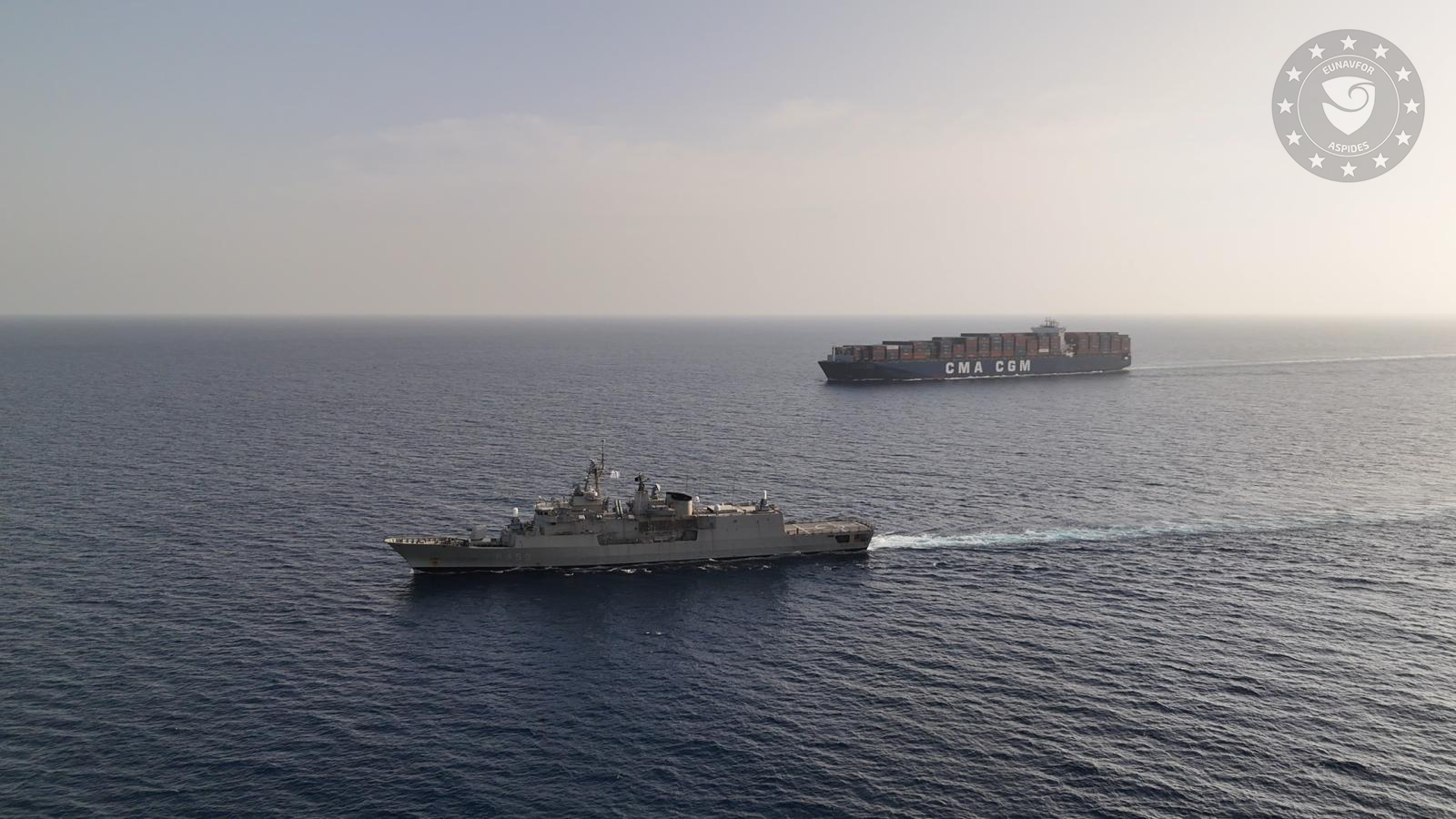Norwegian chemical tanker company Odfjell has announced plans to install the world’s first rigid suction sail system on board a tanker.
Odfjell has partnered with Spanish wind-assisted propulsion company bound4blue, maker of the innovative eSAIL® system. The eSAIL system is a type of of wind-assisted propulsion technology that uses active boundary layer control to suck in air, generating greater lift with low drag and producing 6-7 times more lift than a conventional sail with minimal power consumption and without any mechanical complexity.
Jan Opedal, Manager Projects at Odfjell, said the technology has significant potential to reduce emissions by harvesting energy on the ship itself and transforming it directly into forward thrust.
“Since 2020, we have been studying sail technologies as a potential energy efficiency measure for our fleet, and we are excited to now take the next step by partnering with bound4blue to implement their pioneering eSAIL® system on one of our chemical tankers,” said Opedal.
Odfjell partnership with bound4blue seeks to expand access to the technology in the tanker shipping segment to help contribute to decarbonization efforts. Odfjell says its decision to use bound4blue’s technology was supported by a study from the Swedish maritime research center SSPA evaluating various wind-assisted propulsion systems for the Odfjell fleet.
The inaugural installation is planned to be completed in 2024.
Odfjell is actively pursuing ways to reduce its environmental footprint and has set ambitious targets to reduce its carbon intensity by 50% by 2030, compared to 2008 levels, as well as net zero emissions by 2050. The company has already documented a 51% improved carbon intensity compared to the 2008 baseline.
Tags:

 Join The Club
Join The Club











